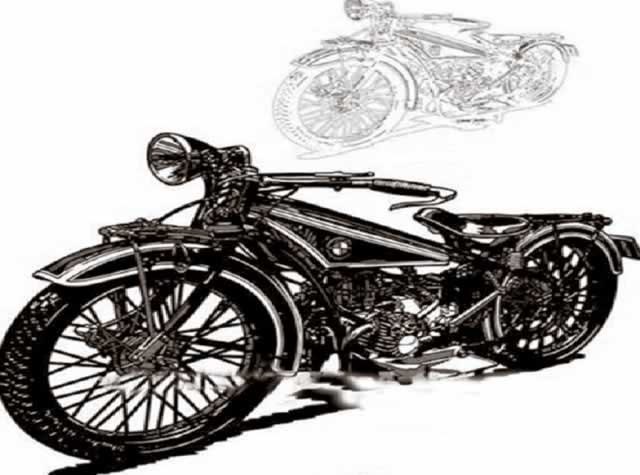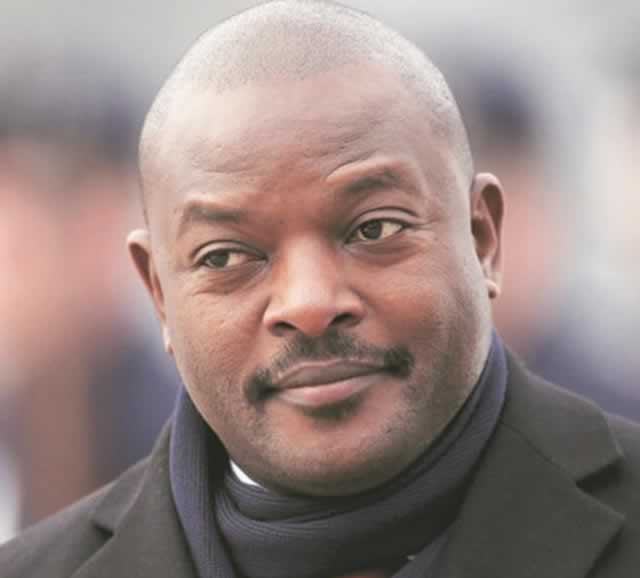Image alternatives in the virtual world


Vector art is now widely viewed as a viable alternative to the more traditional raster-based image use
Knowledge Mushohwe Art Zone
Drawing using the computer is one of the new techniques in artistic expression and judging from the expansion of the Internet users’ base, a market for such digital art exists online.
When viewing newspapers from the eighties, one cannot help but notice that the advertisements and editorial visuals contained a lot of illustrations.
In fact, advertisers and newspapers could only choose between photographs and hand-drawn illustrations.
Now, visual communication offers a lot more.
Design tools in several design suites available locally, including Adobe programs and Coreldraw are being routinely manipulated by designers to produce visual representations.
The artworks developed using lines, colour and shape with specific mathematical measurements are termed vector art.
Computer software used in creating vector graphics referred to as object-based software.
In addition to Adobe and Coreldraw design suites, other programmes suitable for vector art development include Computer Graphics Metafile (CGM), Shockwave Flash (SWF) and AutoCAD.
Besides vector art, the only other viable choice available to designers is pixel-based graphics.
The meaning of pixel-based graphics, sometimes known as bitmap or raster image, is found in the word “pixel”.
“Pixel” is a combination of two words – “pix”, referring to the word “picture”, and “el” being extracted from “element”.
A pixel is a circle or square, and is the smallest part of an electronic image made up of varying quantities of the three primary colours – red, green and blue.
A bitmap picture is therefore a blend of pixels and the overall quality is determined by their quantity.
The more the pixels, the better the image quality.
There are different types of bitmap images in computer design.
Line-art bitmaps are made up of only two colours, usually black and white and because they have very limited characteristics, these pixel-based graphics tend to be very small in size.
Grayscale images consist of an assortment of gray shades and 100 percent black, and white pixels.
Characteristically, a grayscale image contains 256 shades of gray.
Grayscale images are of high quality because the human eye needs only 100 tints to perceive a visual as life-like.
Multi-tone bitmaps are made up of various shades of two or more colours but short of a full-colour image.
The most commonly used multi-tone bitmaps are duotones, a combination of black and a second spot colour.
Monotones, tritones, and quadtones are variations of multi-tones.
They are all images with limited colour quality but what they lack in hues is more than made up in picture clarity.
With less colour presence, pixels are much clearer and less crowded, giving the bitmaps higher quality.
Full colour bitmaps, depending on format, are solely made up of either red, green and blue, or cyan, magenta, yellow and black.
All bitmap images have specific sizes based on the number pixels in each of each inches.
The shortcomings of bitmaps are apparent as any increase in size results in reduction of pixels per inch, compromising quality.
There are obvious differences between bitmaps and vectors.
Vector graphics are developed using specific mathematical measurements.
Each individual shape is constructed using controllable lines and points, and the visual representation formed may be employed to present some form of graphic meaning.
In computer design programs, tools to join points to lines and those that have an ability to manipulate shape are especially important.
Vector graphics, such as company logos and digital cartoon characters for product marketing are characteristically small files because, unlike pixel-based images with a multitude of data properties, they only contain information on digital lines and shapes.
Vector images’ advantage over bitmaps is that they may be scaled without any effect to the quality.
Their quality on a post stamp would be exactly the same as when scaled upwards on a billboard.
Vector art is now widely viewed as a viable alternative to the more traditional raster-based image use.
In newspapers, for example, where post-production quality is a key issue, vectors may prove to be important, high quality works of art that provide a fresh perceptive into news presentations.
Quality is essential but content is even more important.
Vector art may only be used if representations are seen to be adding value to gathered information.
Their use should not only be depended on image quality, but also on appropriateness and relevance of the information they carry.
Vector art is digital development of images, often from scratch.
The art therefore needs participation by creative individuals that are much more than some computer-literate person with a design programme.
The medium is still fairly new, but the demand for vector artworks continues to rise with the continual evolution of digital media.
Each new source of information presents artists with new opportunities.
Drawing using the computer is one of the new techniques in artistic expression and judging from the expansion of the internet users’ base, a market for such digital art exists online.
Vector art is naturally time consuming.
Design programmes arrange components in layers and the smooth fusing of several layers of shapes and lines is taxing.
But the conventional forms of art making arguably takes longer and the market for these is not always immediately available.
For vector artists, finding websites that are willing to display or even sell their products to bidders is not the most difficult part of their work.









Comments